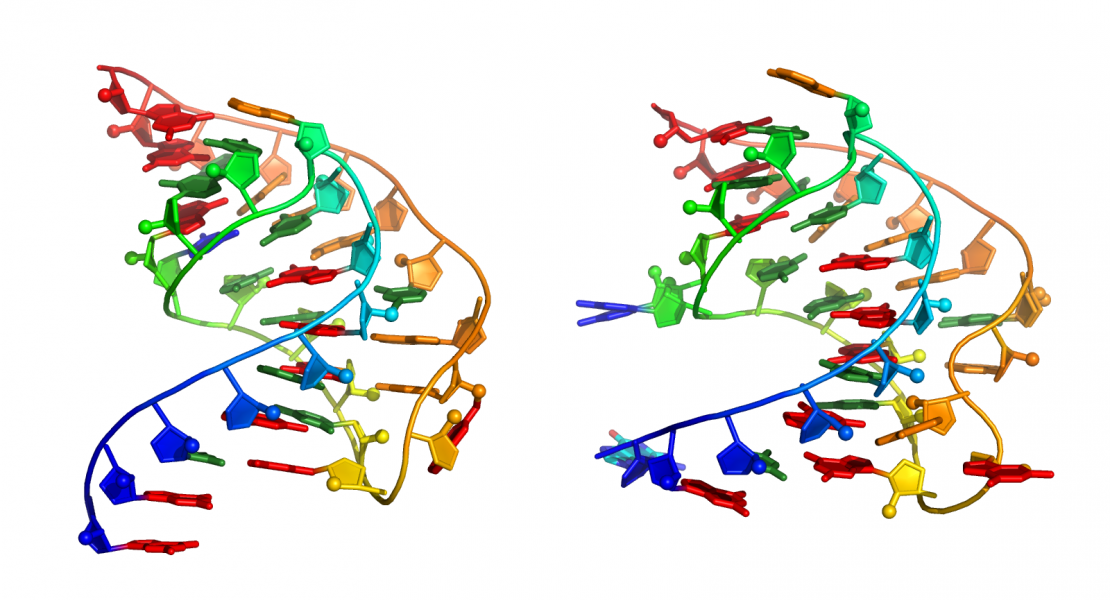Computational RNA design and how it can be used for non-coding RNAs detection

Abstract
Computational programs for predicting RNA sequences with desired folding properties have been extensively developed and expanded in the past several years. Given a secondary structure, these programs aim to predict sequences that fold into a target minimumfree energy secondary structure, while considering various constraints. This procedure is called inverse RNA folding. Inverse RNA folding has been traditionally used to design optimized RNAs with favorable properties, an application that is expected to grow considerably in the future in light of advances in the expanding new fields of synthetic biology and RNA nanostructures. Moreover, it was recently demonstrated that inverse RNA folding can successfully be used as a valuable preprocessing step in computational detection of novel noncoding RNAs. This review describes the most popular freeware programs that have been developed for such purposes, starting from RNAinverse that was devised when formulating the inverse RNA folding problem. The most recently published ones that consider RNA secondary structure as input are antaRNA, RNAiFold and incaRNAfbinv, each having different features that could be beneficial to specific biological problems in practice. The various programs also use distinct approaches, ranging from ant colony optimization to constraint programming, in addition to adaptive walk, simulated annealing and Boltzmann sampling. This review compares between the various programs and provides a simple description of the various possibilities that would benefit practitioners in selecting the most suitable program. It is geared for specific tasks requiring RNA design based on input secondary structure, with an outlook toward the future of RNA design programs.
